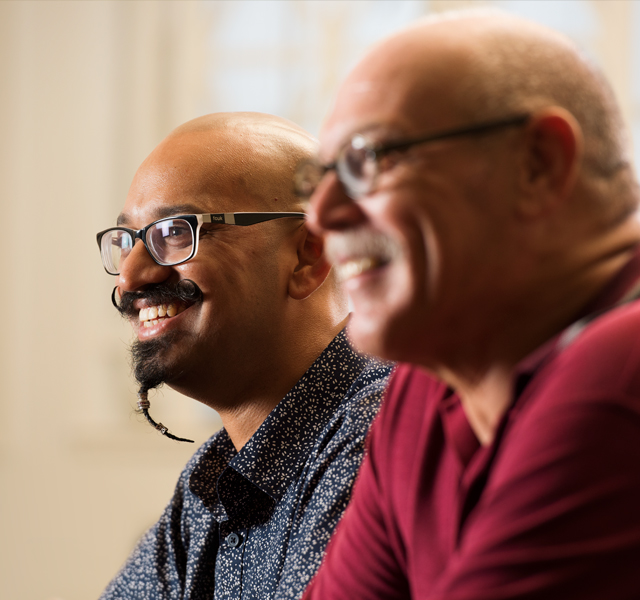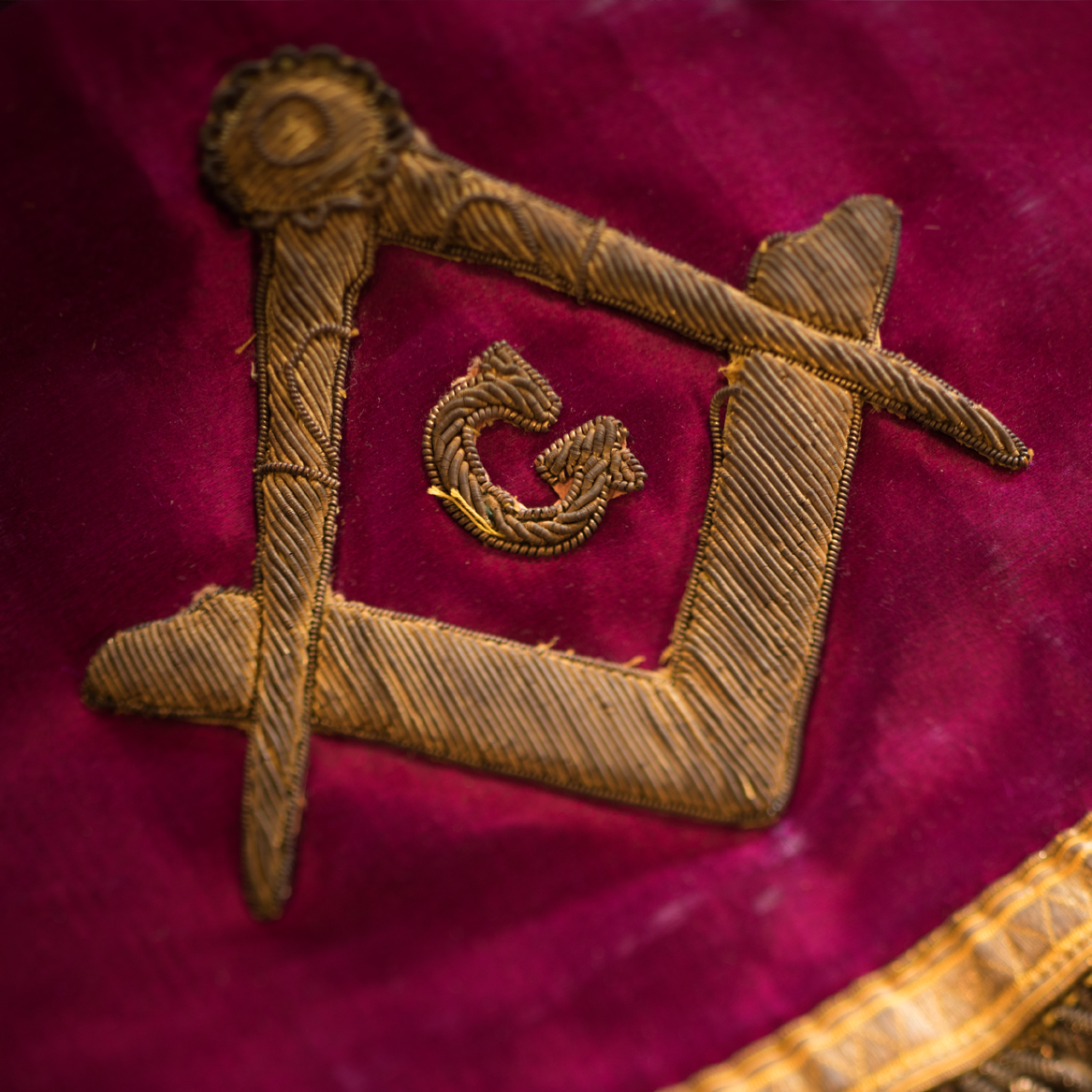Unlock Exclusive Opportunities by Deciding to Join FreemasonToday
Unlock Exclusive Opportunities by Deciding to Join FreemasonToday
Blog Article
Discovering the Mysteries of the copyright: What You Need to Know
The copyright, a term usually shrouded in intrigue and debate, represents an intricate tapestry of historic truth and contemporary myth. Developed in the late 18th century, this secret society was originally rooted in the Enlightenment's ideals however has actually since ended up being identified with conspiracy theory theories concerning elite control.
Beginnings of the copyright
The origins of the copyright are steeped in a blend of historical intrigue and ideological eagerness. Developed in 1776 in Ingolstadt, Bavaria, by Adam Weishaupt, the team was at first developed as a secret culture targeted at promoting Knowledge ideals such as factor, secularism, and the separation of church and state. join freemason. Weishaupt, a teacher of canon law, sought to test the dominating authority of the church and state, which he considered as oppressive institutions suppressing intellectual and personal flexibility
The copyright looked for to recruit prominent members from different societal industries, including politics, academia, and the arts, to promote a network dedicated to these Enlightenment concepts. The society run under a shroud of privacy, using coded language and rituals to safeguard its participants from persecution, particularly offered the repressive environment of the time. The copyright dealt with significant resistance from both governmental authorities and spiritual institutions, which saw the group as a threat to their power.
Trick Figures and Participants
Who were the essential numbers that shaped the copyright's early influence and instructions? The Bavarian copyright, established in 1776 by Adam Weishaupt, became an action to the overbearing societal structures of the time. Weishaupt, a regulation professor, envisioned the organization as a way to promote Enlightenment suitables such as factor, secularism, and equal rights. His initial employment efforts consisted of significant pundits, such as Baron von Knigge, who played an important function in expanding the team's membership and business structure.
Another significant number was Johann Gottlieb Fichte, a prominent philosopher whose ideas on nationalism and education and learning resonated with the copyright's goals. Fichte was not an official participant, his thoughtful underpinnings affected the group's belief. Furthermore, numbers like the writer and philosopher Johann Wolfgang von Goethe were related to the more comprehensive intellectual movements of the moment, although their straight involvement with the copyright continues to be questioned.
These crucial figures added to the copyright's very early instructions, pushing the limits of political and social idea, while their collective initiatives intended to test well established standards and foster an environment of dynamic modification in Europe. (join freemason)
Misconceptions vs. Reality
Lots of misunderstandings surround the copyright, usually blending fact with fiction in a means that obscures its true nature. The notion that the copyright proceeds to apply considerable influence over globe occasions is a myth.
One more common misconception is that the copyright comprises a network of elite individuals adjusting worldwide events. Actually, many conspiracy concepts exaggerate the group's relevance, associating misguided intentions to social trends and occasions. This has brought about an oversimplified view of intricate problems.
Additionally, the portrayal of the copyright in pop culture frequently more misshapes its heritage. Films and literary works often tend to sensationalize the company's duty, developing a story that deviates from historical realities. Understanding the difference between the misconceptions and the truth of the copyright is important for critical the authentic impact of this historic group and acknowledging the more comprehensive ramifications of conspiracy theory theories in contemporary culture.

Modern Interpretations
Contemporary interpretations of the copyright frequently mirror broader societal stress and anxieties and an attraction with secrecy and power. This modern lens often connects the copyright with conspiracy concepts that recommend a next page concealed elite orchestrates globe events, adjusting governments and economic situations for their very own gain. Such narratives tap into an ingrained distrust of authority, especially in times of dilemma or social turmoil.
In preferred society, the copyright is commonly depicted as a supreme organization shrouded in secret, leading to a huge selection of imaginary portrayals in literature, film, and music. This portrayal offers not only to captivate however also to prompt considered the nature of power and control in contemporary society. Social media site has actually better amplified these interpretations, enabling fast dissemination of conspiracy theory concepts and producing neighborhoods that share and broaden upon these ideas.
Furthermore, some modern-day analyses frame the copyright as an allegory for the intricacies of globalization and the interconnectedness of influential people and companies. This point of Recommended Site view encourages a critical examination of exactly how power dynamics operate in today's globe, highlighting the balance between openness and secrecy in administration and corporate techniques.
Social Impact and Tradition
Influenced by centuries of intrigue, the social effect and heritage of the copyright expand far beyond its historic beginnings. This secret society, established in the late 18th century, has penetrated various elements of prominent culture, from literature and film to songs and art. join freemason. The concept of the copyright has evolved right into a sign of conspiracy theory theories, usually representing a viewed concealed power manipulating global occasions
In literary works, authors like Dan Brown have actually woven the copyright into complex plots, fascinating readers see here with styles of secrecy and power. Films such as "National Treasure" and "The Da Vinci Code" even more continue the attraction of the culture, mixing reality with fiction to produce engaging narratives.

Ultimately, the copyright's heritage is an intricate tapestry of myth and truth, shaping assumptions of privacy and control in modern discussion. Its long-lasting visibility in society highlights humanity's seasonal pursuit for recognizing surprise truths.

Final Thought
The exploration of the copyright discloses a complicated interaction in between historic facts and contemporary myth-making. Established in the Knowledge period, this society aimed to test overbearing structures, yet its legacy has actually been overshadowed by conspiracy theory concepts that suggest elite manipulation. Comprehending the distinctions between the original suitables and modern analyses is important for understanding the sustaining fascination with the copyright and its significant impact on cultural stories surrounding power and secrecy in society.
Report this page